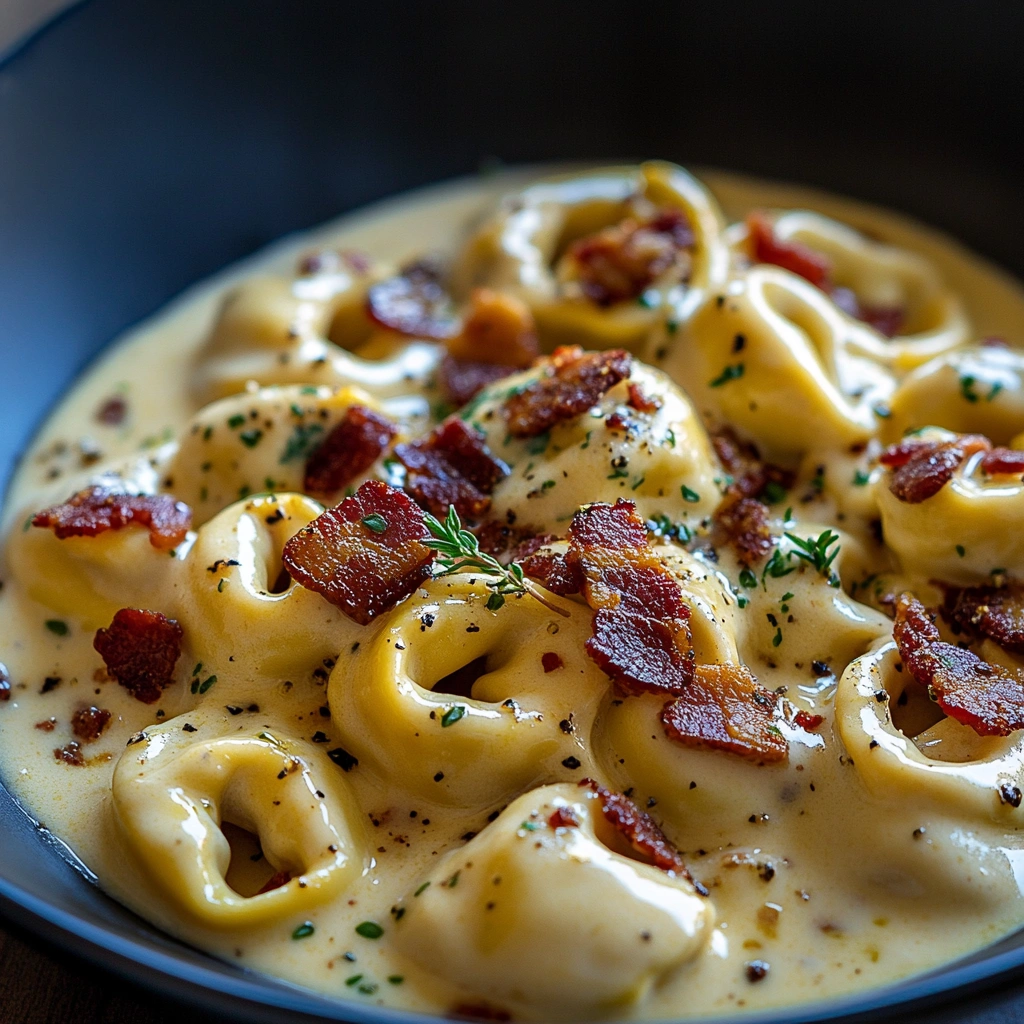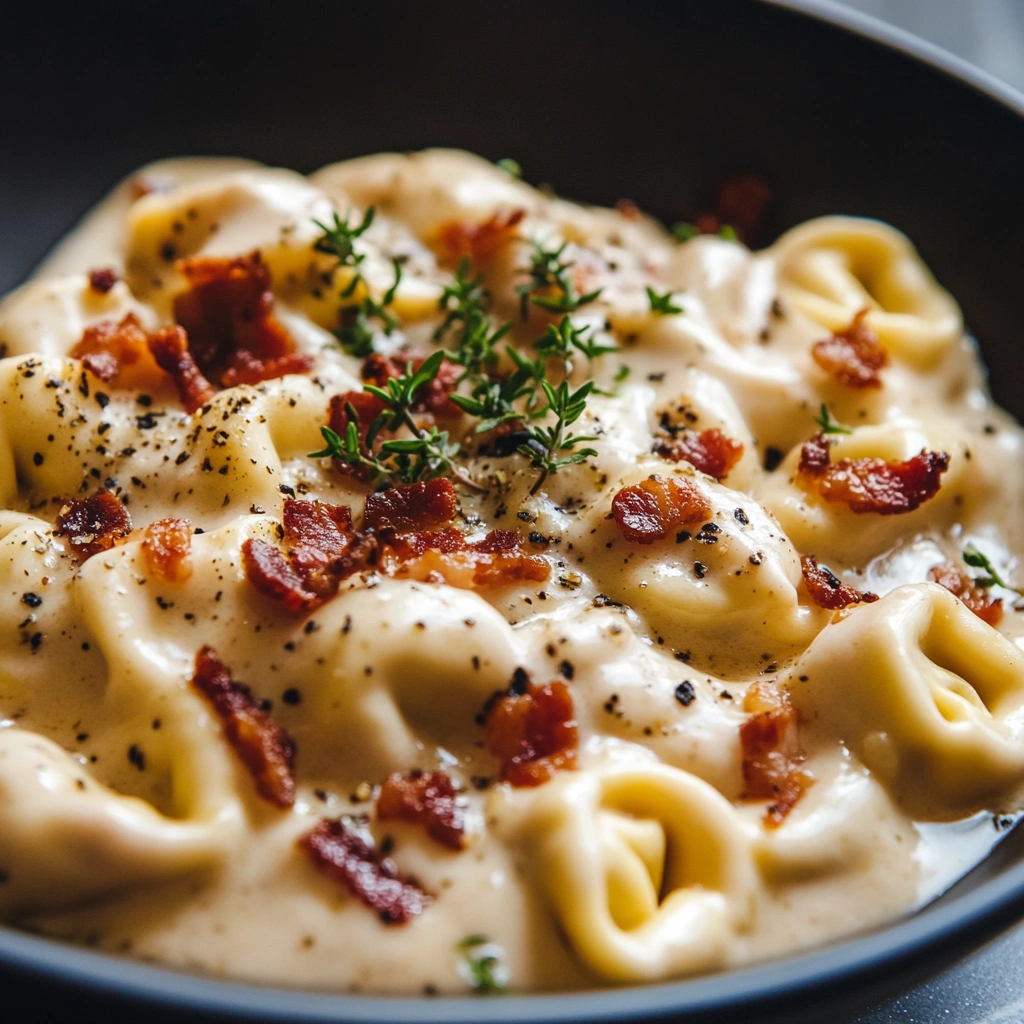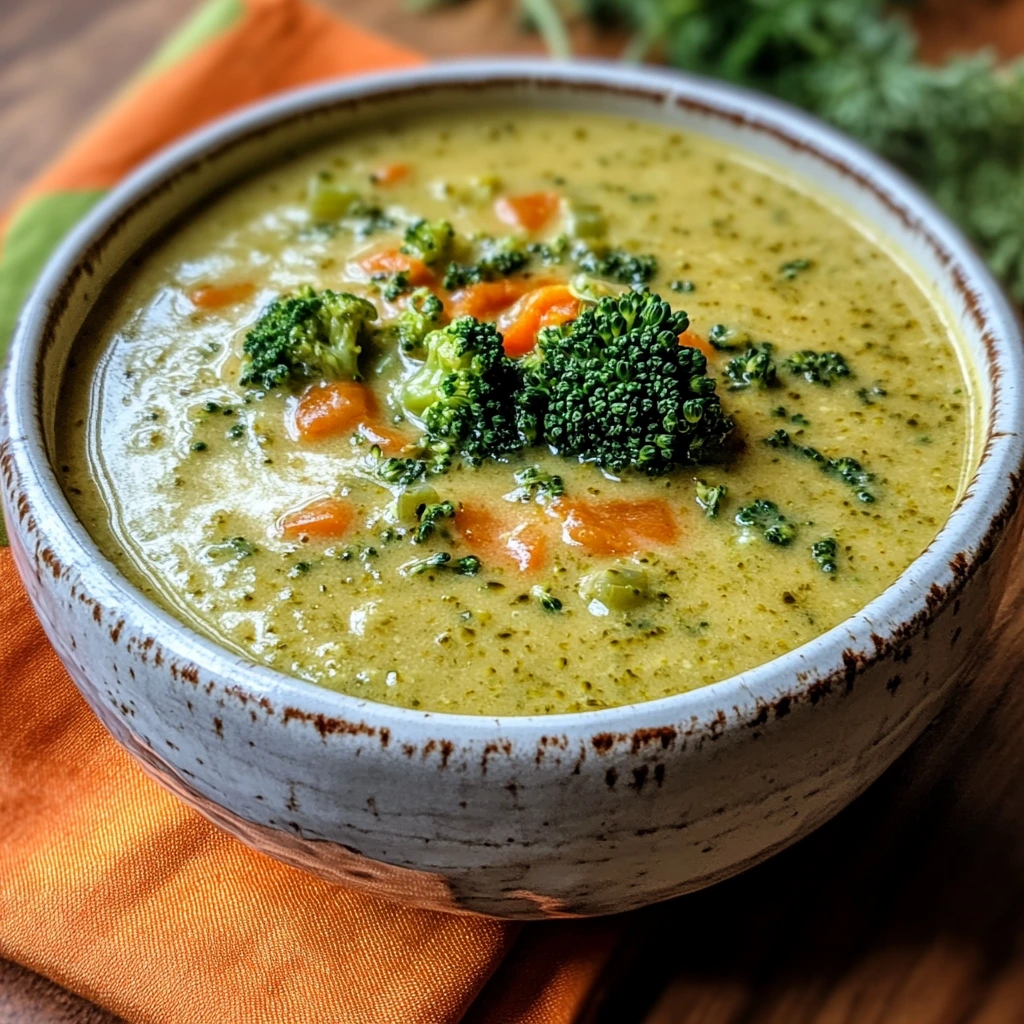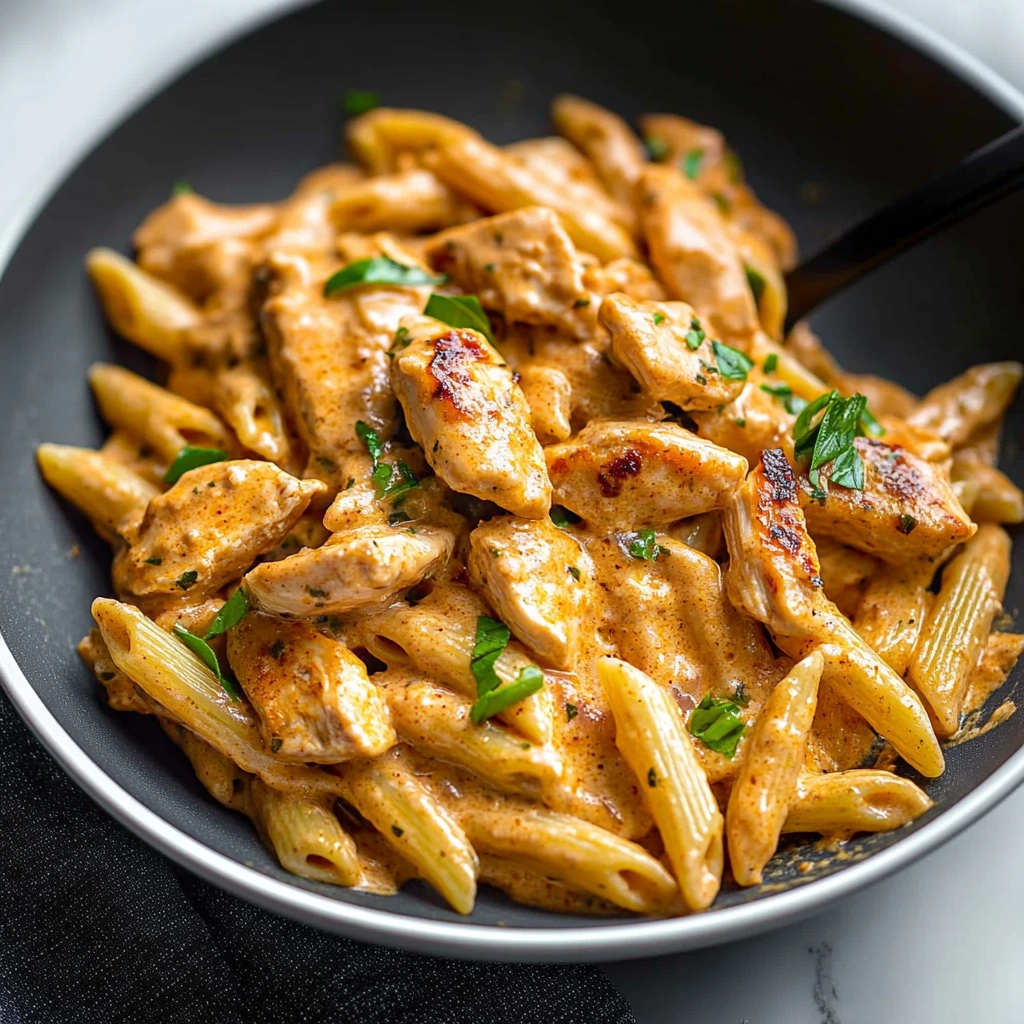Few things are as comforting and satisfying as a creamy, homemade cheese sauce poured over pasta. Whether you’re making a quick weeknight meal or a cozy weekend treat, a rich and velvety cheese sauce can transform simple pasta into a restaurant-quality dish.
This easy cheese sauce recipe is perfect for anyone looking for a foolproof, beginner-friendly way to make a delicious pasta sauce. Using just a handful of ingredients—butter, flour, milk, and cheese—this recipe creates a smooth, creamy texture that clings beautifully to any pasta shape. Plus, it’s highly customizable!
For those who love extra depth of flavor, we include optional ingredients:
- Bacon – for a smoky, crispy bite that adds richness.
- Thyme – for an aromatic, earthy touch that balances the creaminess.
Making cheese sauce at home is not only easy and quick but also healthier and more affordable than store-bought versions. You get full control over the ingredients, ensuring there are no unnecessary preservatives or artificial flavors. Plus, you can experiment with different cheeses like sharp cheddar, Gouda, or Gruyère to create your own signature flavor.
Why You’ll Love This Recipe
Simple Ingredients – Uses kitchen staples you probably already have.
Quick & Easy – Ready in under 15 minutes!
Customizable – Adjust the cheesiness, thickness, and add-ins to your liking.
Perfect for Any Pasta – Works with macaroni, penne, spaghetti, and more.
Whether you’re making classic mac and cheese, creamy Alfredo-style pasta, or a gourmet cheese sauce with bacon and thyme, this recipe is your go-to guide for the perfect homemade cheese sauce.
Why Make Cheese Sauce at Home?
Making cheese sauce from scratch is not only simple but also comes with several benefits that make it worth the extra few minutes in the kitchen. Here’s why homemade cheese sauce is the best choice:
1. Healthier Than Store-Bought Versions
Many pre-made cheese sauces or powdered mixes contain artificial flavors, preservatives, and excessive sodium. By making it at home, you control exactly what goes into your sauce—real cheese, fresh milk, and natural seasonings—ensuring a healthier option for you and your family.
2. Fully Customizable to Your Taste
When making cheese sauce at home, you can:
Choose your favorite cheese combinations (cheddar, Gruyère, mozzarella, etc.).
Adjust the thickness—make it extra creamy or light.
Add flavor boosters like garlic, mustard, or smoked paprika.
Enhance it with turkey bacon and thyme for a gourmet touch.
3. Budget-Friendly & Uses Simple Ingredients
Homemade cheese sauce is cost-effective because it uses basic kitchen staples—butter, flour, milk, and cheese. Store-bought cheese sauces or ready-made meals often come at a higher price and don’t offer the same freshness and quality.
4. Versatile for Many Dishes
Aside from pasta, this sauce works well with:
- Nachos or Fries (for a homemade cheese dip).
- Vegetables (drizzle over broccoli or cauliflower).
- Baked Potatoes (for a loaded, cheesy topping).
Ingredients Needed for the Perfect Cheese Sauce
Creating a rich, creamy, and flavorful cheese sauce starts with the right ingredients. Below, we break down the essential components, plus optional add-ins like bacon and thyme to elevate the taste.
1. Essential Ingredients
These core ingredients create a smooth and velvety cheese sauce:
Butter (2 tbsp)
- Forms the base of the sauce.
- Helps create a roux, which thickens the sauce.
Flour (2 tbsp)
- Works with butter to make the roux.
- Prevents the sauce from being runny.
- Use all-purpose flour or a gluten-free substitute (like cornstarch).
Milk (2 cups)
- Provides creaminess and controls the consistency.
- Whole milk works best for richness, but you can use half-and-half for extra creaminess.
- Dairy-free options: Almond, oat, or soy milk.
Cheese (2 cups, shredded)
- The main flavor star of the sauce!
- Best cheese choices:
Sharp cheddar – Classic, bold flavor.
Gruyère – Melts smoothly, adds nuttiness.
Parmesan – Enhances depth, best when mixed with other cheeses.
Mozzarella – Adds gooey stretchiness. - Always shred your own cheese—pre-shredded cheese contains anti-caking agents that can make the sauce grainy.
2. Optional Flavor Enhancers
Bacon (Optional, 4 strips, cooked & crumbled)
- Adds a smoky, salty crunch.
- Cook separately and mix in at the end for texture.
Thyme (Optional, 1 tsp fresh or ½ tsp dried)
- Gives a light, earthy aroma that balances the richness of the sauce.
- Fresh thyme has a brighter flavor than dried.
Garlic (Optional, 1 clove, minced)
- Enhances overall depth and umami.
Mustard (Optional, 1 tsp Dijon or yellow mustard)
- Brightens up the cheese flavor without tasting like mustard.
3. Seasoning to Taste
- Salt & Pepper – Enhances the cheese’s natural flavors.
- Paprika or Cayenne – Adds a hint of spice (optional).
Step-by-Step Guide to Making Cheese Sauce
Making a rich, creamy cheese sauce at home is easy when you follow the right steps. Below is a detailed, foolproof method to ensure your sauce turns out smooth and velvety every time.
Step 1: Make the Roux (Butter + Flour Base)
Time: 2–3 minutes
The roux is the secret to a thick, silky cheese sauce. It acts as the base, preventing the sauce from becoming runny or separating.
Instructions:
- In a medium saucepan, melt 2 tablespoons of butter over medium heat.
- Once melted, add 2 tablespoons of all-purpose flour and whisk continuously.
- Cook for about 1–2 minutes, until the mixture becomes smooth and slightly golden (but not browned).
- The roux should smell slightly nutty and have a paste-like consistency.
Pro Tip: Cooking the roux removes the raw flour taste. If it turns brown, your heat is too high—start over to avoid a burnt flavor.
Step 2: Add Milk Gradually (Preventing Lumps)
Time: 3–4 minutes
Adding milk slowly helps create a smooth, creamy sauce without lumps.
Instructions:
- Gradually pour in 2 cups of warm milk (whole milk works best), whisking constantly.
- Continue whisking as the sauce thickens (about 3–4 minutes).
- Once it reaches a smooth, thick consistency, reduce heat to low.
Pro Tip: Use warm milk instead of cold to prevent temperature shock, which can cause clumping.
Step 3: Melt the Cheese (Creating a Velvety Sauce)
Time: 3–5 minutes
Adding cheese at the right temperature ensures a silky, lump-free sauce.
Instructions:
- Turn heat to low and add 2 cups of shredded cheese (cheddar, Gruyère, Parmesan, etc.).
- Stir gently and continuously until the cheese melts completely.
- If the sauce is too thick, add a splash of milk to adjust consistency.
- Taste and season with salt, black pepper, and optional spices (like paprika or cayenne).
Pro Tip: Never boil the cheese sauce—high heat causes cheese to become grainy. Keep the heat low and stir gently.
Step 4: Add Bacon and Thyme (Optional but Recommended)
Time: 2–3 minutes
For a gourmet twist, add crispy bacon and aromatic thyme to elevate your cheese sauce.
Instructions:
- Cook 4 strips of bacon in a separate pan until crispy, then chop into small pieces.
- Stir bacon into the cheese sauce for a smoky, salty flavor.
- Add 1 teaspoon of fresh thyme (or ½ teaspoon dried thyme) for an earthy balance.
- Stir well and let the flavors blend for 1–2 minutes.
Pro Tip: If making a vegetarian version, skip the bacon and just add thyme or a pinch of smoked paprika for a similar depth of flavor.
Final Step: Combine with Pasta & Serve
Time: 2–3 minutes
Instructions:
- Cook your favorite pasta (macaroni, penne, or fettuccine) according to package instructions.
- Drain, reserving ½ cup of pasta water (optional for thinning the sauce).
- Toss pasta with the cheese sauce until evenly coated.
- Serve immediately and enjoy!
Pro Tip: If the sauce thickens too much, add a splash of pasta water or milk to loosen it.
Troubleshooting Common Issues
Sauce too thick? Add more milk and whisk.
Sauce too thin? Let it simmer a bit longer or add more cheese.
Grainy texture? Heat was too high—keep it low and stir gently.
How to Use This Cheese Sauce for Pasta
Once you’ve made your rich, creamy cheese sauce, the next step is pairing it perfectly with pasta. Whether you’re making classic mac and cheese, a cheesy baked pasta dish, or a quick weeknight meal, here’s how to use this sauce for the best results.
1. Best Pasta Shapes for Cheese Sauce
Different pasta shapes hold cheese sauce in unique ways. Here are the best options:
Macaroni – The go-to for mac and cheese, with small tubes that hold plenty of sauce.
Penne & Rigatoni – Their ridges and hollow centers help trap creamy sauce.
Fusilli & Rotini – Spiral shapes hold onto sauce well.
Fettuccine & Tagliatelle – Perfect for a smooth, rich cheese sauce coating.
Shells (Conchiglie) – Ideal for holding little pockets of cheese sauce.
Pro Tip: Avoid thin pasta like angel hair—it doesn’t hold thick sauces well.
2. Mixing the Sauce with Pasta Properly
To get even coverage and a silky texture, follow these steps:
Cook pasta al dente (firm to the bite). Overcooked pasta will become mushy when mixed with cheese sauce.
Reserve ½ cup of pasta water before draining. The starch in pasta water helps thin and bind the sauce.
Mix pasta and cheese sauce immediately after draining, while both are still warm.
Add pasta water gradually if the sauce is too thick, stirring to achieve the perfect creamy consistency.
Pro Tip: If making bacon and thyme cheese sauce, toss everything together in the pan so the flavors meld beautifully.
3. Cheese Sauce for Baked Pasta Dishes
This cheese sauce is perfect for baked dishes like:
Baked Mac and Cheese – Top with breadcrumbs and extra cheese before baking for a crispy crust.
Cheesy Baked Ziti – Layer with pasta, sauce, and extra mozzarella.
Lasagna Alternative – Use instead of ricotta for a creamy, cheesy twist.
For baked pasta, make the sauce slightly thinner (add extra milk) to prevent it from drying out in the oven.
4. Other Ways to Use This Cheese Sauce
Dipping Sauce: Use for nachos, fries, pretzels, or veggies.
Over Vegetables: Drizzle on broccoli, cauliflower, or baked potatoes.
Cheese Toast: Spread on bread, broil for 2 minutes, and enjoy crispy cheesy toast.
Cheese Sauce Variations
One of the best things about homemade cheese sauce is its versatility. You can easily switch up the ingredients to create new flavors, textures, and dietary options. Here are some delicious variations:
1. Different Cheese Combinations
The type of cheese you use will change the flavor and texture of your sauce. Try these blends:
Classic Cheddar Sauce – Sharp cheddar + a bit of Parmesan for depth.
Gourmet Gruyère Blend – Gruyère + white cheddar for a nutty, creamy taste.
Smoky Cheese Sauce – Smoked Gouda + Monterey Jack for a deeper flavor.
Spicy Cheese Sauce – Pepper Jack + sharp cheddar + a pinch of cayenne.
Pro Tip: Always use freshly shredded cheese for a smoother sauce.
2. Dietary-Friendly Cheese Sauce Options
If you have dietary restrictions, try these alternatives:
Gluten-Free Option – Use cornstarch or arrowroot instead of flour for thickening.
Dairy-Free/Vegan Option – Use plant-based butter, almond or oat milk, and vegan cheese.
Low-Fat Version – Swap whole milk for low-fat milk or Greek yogurt for extra protein.
3. Unique Flavor Enhancements
Garlic & Herb Cheese Sauce – Add minced garlic and fresh thyme for depth.
Mustard-Infused Sauce – Stir in Dijon mustard to enhance cheesiness.
Truffle Cheese Sauce – Drizzle with truffle oil for a gourmet touch.
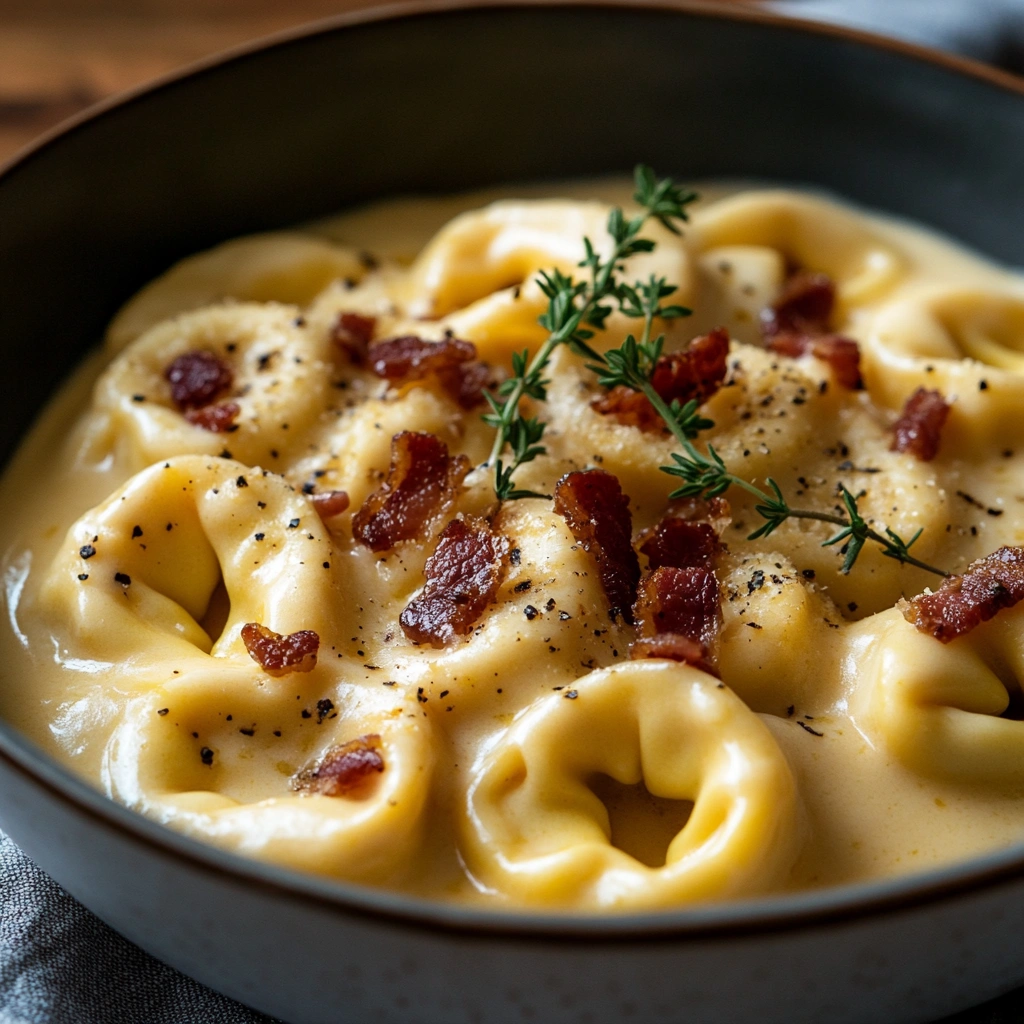
Expert Tips for the Perfect Cheese Sauce
To achieve a smooth, creamy, and flavorful cheese sauce, follow these expert tips:
1. Always Use Low Heat When Adding Cheese
High heat can cause cheese to become grainy or separate. Keep the heat on low and add cheese gradually while stirring.
2. Use Freshly Shredded Cheese
Pre-shredded cheese contains anti-caking agents, which prevent it from melting smoothly. Always grate your own cheese for the best results.
3. Warm Your Milk Before Adding It to the Roux
Using cold milk can shock the roux, creating lumps. Warm the milk slightly before whisking it in.
4. Stir Constantly for a Smooth Texture
Continuous whisking prevents lumps and ensures a silky sauce.
5. Adjust Thickness as Needed
If the sauce is too thick, add a splash of warm milk.
If too thin, let it simmer longer or add more cheese.
6. Enhance the Flavor with Seasonings
A pinch of salt, black pepper, Dijon mustard, or paprika makes the cheese sauce more flavorful.
Common Mistakes and How to Fix Them
Even experienced cooks can run into issues when making cheese sauce. Here’s how to fix the most common problems:
1. Cheese Sauce is Grainy or Gritty
Cause: Cheese was added at too high a temperature.
Fix: Remove from heat and stir in a little warm milk until smooth.
2. Sauce is Too Thick
Cause: Too much flour or not enough liquid.
Fix: Gradually add more milk while stirring until you reach the desired consistency.
3. Sauce is Too Thin or Runny
Cause: Not enough flour in the roux or too much liquid.
Fix: Simmer a little longer or add extra cheese to thicken.
4. Sauce is Lumpy
Cause: Cold milk was added too quickly to the roux.
Fix: Use a whisk to break up lumps or strain the sauce through a sieve.
5. Cheese Sauce is Oily and Separated
Cause: Overheated cheese or using a cheese with too much oil.
Fix: Remove from heat, add a splash of warm milk, and whisk vigorously.
Frequently Asked Questions (FAQs)
1. Can I make cheese sauce ahead of time?
Yes! Store it in an airtight container in the fridge for up to 3 days. Reheat gently over low heat, stirring in a little milk to restore creaminess.
2. How do I store and reheat cheese sauce?
Refrigerate: Keep in an airtight container for up to 3 days.
Reheat: Warm on low heat, stirring often. Add a splash of milk if needed. Avoid the microwave, as it can make the sauce grainy.
3. What’s the best cheese for a smooth sauce?
Sharp Cheddar – Classic and flavorful.
Gruyère – Melts well and adds nuttiness.
Monterey Jack – Creamy and mild.
Mozzarella – Great for extra stretch.
4. Can I make this sauce without flour?
Yes! Instead of a roux, use cornstarch (1 tbsp mixed with 2 tbsp cold milk) to thicken the sauce.
5. How do I make cheese sauce extra creamy?
Use half-and-half instead of milk.
Add a little cream cheese for extra richness.
Stir in butter at the end for a silkier texture.
6. Can I freeze cheese sauce?
Technically, yes—but the texture may become grainy when thawed. If you freeze it, reheat slowly with extra milk and whisk until smooth.
7. What can I serve with cheese sauce besides pasta?
Drizzle over veggies (broccoli, cauliflower, baked potatoes).
Use as a dip for nachos, fries, or soft pretzels.
Spread on toast and broil for a crispy cheese topping.

Easy Cheese Sauce for Pasta (optional bacon and thyme)
Description
This easy homemade cheese sauce is rich, creamy, and packed with flavor. Made with simple ingredients like butter, flour, milk, and cheese, it coats pasta perfectly for a comforting dish. Optional crispy bacon adds a smoky crunch, while thyme brings a subtle, earthy depth. This versatile sauce can be used for mac and cheese, baked pasta dishes, or even as a dip for veggies and snacks. Best of all, it comes together in just 15 minutes!
Ingredients
- 200 grams dried pasta (or 300 grams fresh)
- 170 g streaky bacon
- 3 tablespoons butter divided 1 tbsp for bacon and 2 tbsp for sauce
- 2 tablespoons flour
- 1 cup milk
- 150 g cheese I did 100g cheddar and 50g parmesan, both grated
- ¼ – ½ teaspoon black pepper
- 1 heaped tablespoon fresh thyme leaves roughly chopped, plus more for serving
Instructions
-
-
Fry the bacon in 1 tbsp of melted butter over medium – high heat until super crispy. Set aside on some paper towels then give a rough chop when cool so there’s a mixture of crumbs and bigger pieces
-
-
Over medium – high heat, melt the remaining 2 tbsp butter in a medium saucepan then add the flour and whisk into a paste for a minute to cook the flour off.
-
Turn the heat down and add the milk gradually whisking vigorously to incorporate, making sure you are getting the flour paste from the bottom and sides of the pan. Add a bit more milk if you think it will be too thick.
-
Continue to cook, whisking until it begins to simmer then turn the heat down to low before adding the cheese in three lots, whisking in between each lot making sure it has melted in before adding the next.
-
Add the black pepper and most of the bacon pieces (reserve a sprinkling for the top)
-
Add in your cooked pasta and the fresh thyme and let it gently bubble away for a minute in the sauce. Add a splash of pasta water if you feel like you need to loosen the sauce.
-
Serve with a sprinkling of bacon and thyme on the top.
Notes
General Tips
Shred your own cheese – Pre-shredded cheese contains anti-caking agents that can make the sauce grainy.
Use low heat when adding cheese – High heat can cause it to separate and become oily.
Warm the milk before adding it to the roux – This helps prevent lumps.
Whisk continuously – This ensures a smooth, lump-free sauce.
Flavor Enhancements
Add Dijon mustard or garlic powder for extra depth.
Use smoked paprika or cayenne for a hint of spice.
Swap Gruyère or Monterey Jack for a different cheese profile.
Storage & Reheating
Refrigerate in an airtight container for up to 3 days.
Reheat on low heat, adding a splash of milk to restore creaminess.
Avoid freezing, as the texture may become grainy after thawing.
Serving Ideas
Perfect over macaroni, penne, or fettuccine.
Great as a dip for nachos, fries, or soft pretzels.
Delicious drizzled over steamed broccoli or baked potatoes.


